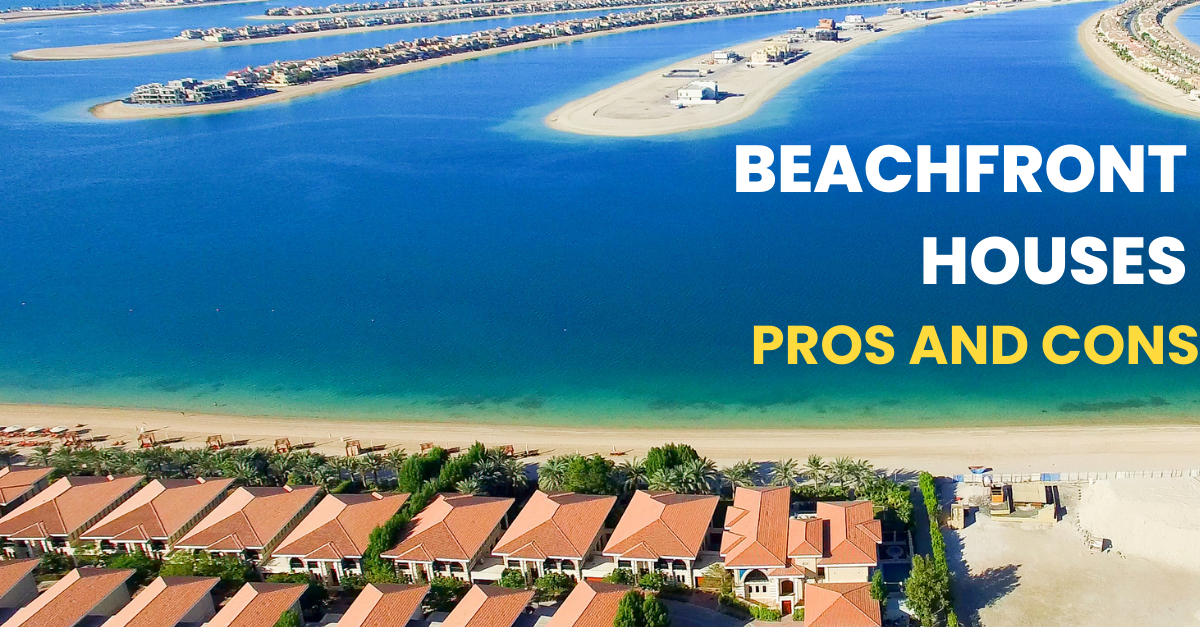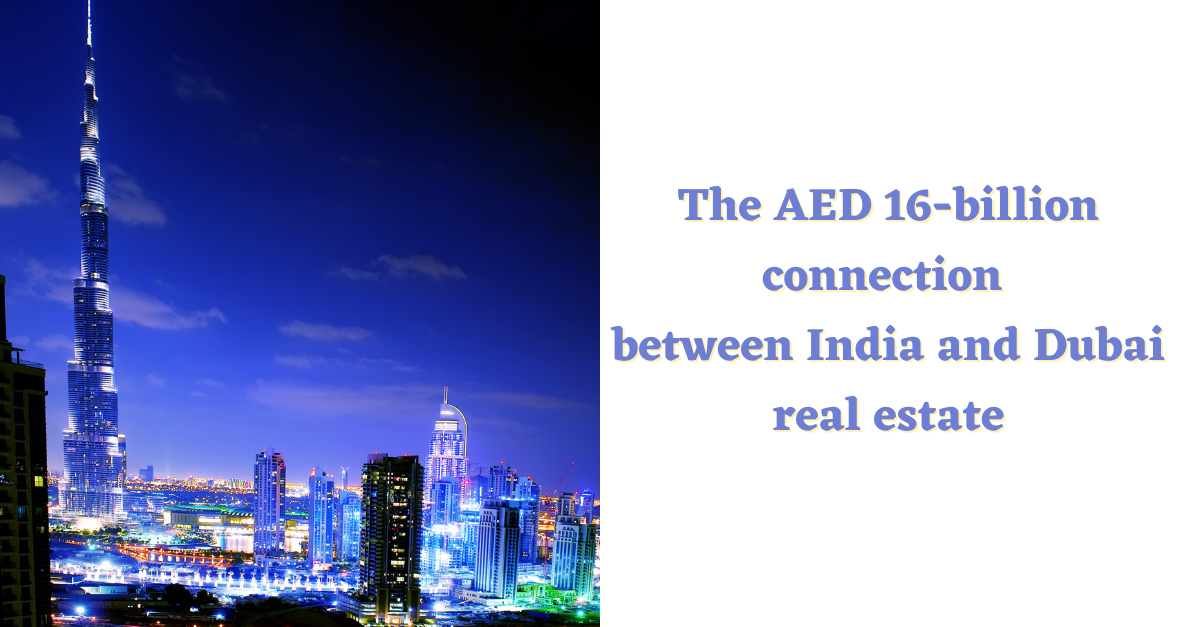Rise of Dubai as a Global Aviation hub
Dubai International Airport has officially retained the status of the world’s busiest airport for international travel, having serviced nearly 90 million passengers in the year 2018. Based on the overall passenger traffic—both international and domestic—Dubai International Airport ranked third, according to a report released by the Airports Council International (ACI) (1). Despite recording a mere 1% change in year-on-year traffic growth, Dubai managed to surpass the likes of London and Hong Kong international airports. In the context of the growing protectionism in the West and a worrying geopolitical climate across the globe, Dubai’s accomplishment in the aviation sector is as remarkable as it is of great consequence.
In keeping with the old adage that Rome wasn’t built in a day, Dubai’s rise as a global aviation hub did not happen overnight. The first steps in this saga can be traced to 1959, with the construction of an unassuming airport under the directions of Sheikh Rashid bin Saeed Al Maktoum, the erstwhile ruler of Dubai. At that juncture, Dubai’s economy was very different to the bustling center of regional commerce it is now. In order to fully appreciate Dubai’s rise as an aviation hub, it’s important to examine the phenomenon through the lens of socio-economic change.
The rise
By 1966, Dubai International Airport boasted an asphalt runway, spacious hangars, navigational aids and lighting systems, prompting a couple of international airlines to introduce their services. Concurrent to this initial expansion in aviation, the Emirati city experienced a windfall through the discovery of crude oil deposits, which in turn lead to robust growth, particularly in the context of real estate. Dubai witnessed a 300% spike in population growth in the following decade, as well as the commencement of the services of several major airlines.
Prabhakar Rao, Managing Director of Gemini Property Developers, believes that the geopolitical tensions in the ’80s and Dubai’s convenient location—serving as a lay-over point between Europe and Asia during long air journeys—had a catalytic effect on its addition to several routes, as well as the development of the airport’s infrastructure. According to Prabhakar Rao, the ease of air connectivity to Dubai in the ’90s was instrumental in the rise of the city’s expatriate population, which bolstered the local economy as well as the demand for real estate.
To harness the potential of a global boom in air travel, an auxiliary terminal was added to Dubai International Airport in 1998. At the cusp of a new century, the annual passenger throughput at the time was roughly 12.3 million, while the corresponding figure had been barely 2.79 million in 1980(2). Dubai’s emergence as a unique tourism destination has since further solidified the airport’s eminence, while the real estate market has continued to blossom. In the ensuing two decades, since the auxiliary terminal was added, Dubai International Airport has registered over 600% growth in passenger numbers – a feat unparalleled in the global aviation industry.
The impact
Prabhakar Rao believes that Dubai’s aviation growth has had a secondary, knock-on effect on the region’s real estate. Besides creating an apparent demand for residential and commercial properties in Dubai, the aviation industry has contributed to the growth of gross domestic product (GDP) and employment sector, according to Prabhakar Rao.
Based on the Oxford Economics report, Dubai’s aviation sector is poised to contribute 37.5% to the city’s GDP by 2020. The contribution is expected to grow to 44.7% by 2030, besides generating and supporting 1.95 million jobs (3). The economic impact of Dubai’s aviation industry is serving as a blueprint for other cities in the MENA region as well. Ethiopia, in particular, is emerging as the top feeder of air traffic to Africa, thanks to the reforms undertaken by that nation’s incumbent Prime Minister.
The way forward
As aviation gains mainstream traction, fueled by decreasing costs in most markets and a corresponding rise in middle class travellers, regulatory bodies are being forced to reckon with the inadequacy of existing airport infrastructure, in meeting the growing demand. The Government of Dubai, had the foresight to commence work on a second airport in 2010 – Al Maktoum International. It will become the largest airport in the world by physical size and passenger handling capacity, upon its complete expansion by 2027.
Recently, the UAE put an end to a long-standing dispute pertaining to open skies policy with the US. Additionally, Dubai is targeting similar agreements with promising aviation markets like China and India. These developments have a significant bearing on the growth prospects of the industry. According to Prabhakar Rao, Dubai’s aviation industry has scaled remarkable heights to emerge as the global air travel hub, with its ambitious yet prudent approach, and will continue to do so for the foreseeable future. As the city makes headway in aviation and tourism infrastructure, real estate remains a pivotal part of the equation, and the cumulative effect can set up all the parties for success, Prabhakar Rao says in closing.
- https://aci.aero/news/2019/03/13/preliminary-world-airport-traffic-rankings-released/
- https://www.telegraph.co.uk/travel/destinations/middle-east/united-arab-emirates/dubai/articles/The-incredible-rise-of-Dubai-as-the-worlds-air-travel-hub/
- http://content.emirates.com/downloads/ek/pdfs/int_gov_affairs/Oxford_Economics_Quantifying_the_Economic_Impact_of_Aviation_in_Dubai_November_2014_Final_v1.pdf



